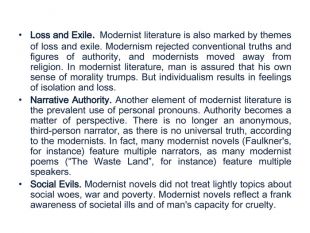Презентація "American Modernism"
Про матеріал
Презентація містить матеріал до курсу "Література США". Презентація може бути використана на уроках американської літератури в школах з поглибленим вивченням іноземних мов. Перегляд файлу
Зміст слайдів
pptx
До підручника
Англійська мова (10-й рік навчання, академічний рівень) 11 клас (Калініна Л.В., Самойлюкевич І.В.)
Оцінка розробки


Безкоштовний сертифікат
про публікацію авторської розробки
про публікацію авторської розробки
Щоб отримати, додайте розробку
Додати розробку


















